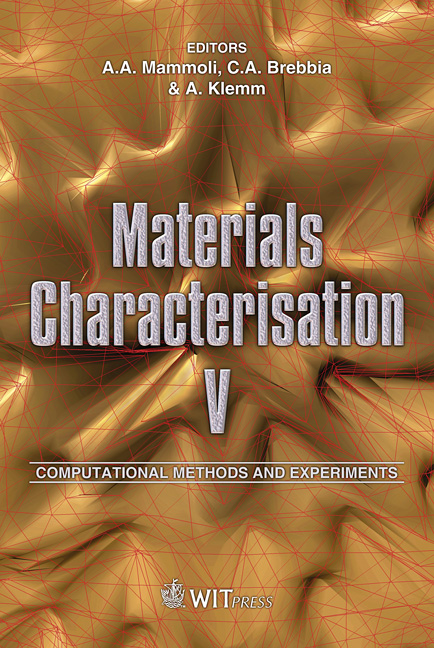Laboratory Tests On The Cleanliness Of Soil Materials Used As Subgrades In Pavement Structures
Price
Free (open access)
Transaction
Volume
72
Pages
11
Page Range
315 - 325
Published
2011
Size
369 kb
Paper DOI
10.2495/MC110281
Copyright
WIT Press
Author(s)
A. Athanasopoulou & G. Kollaros
Abstract
In order to ascertain the presence of very fine material passing the No. 200 sieve, cleanliness tests are performed in the laboratory. The most important of these tests refer to the determination of the quantity of fines, of the sand equivalent value, of the plasticity index, as well as the methylene blue value of the material tested. Performing the sand equivalent test the percentage of very fine dust in claylike form can be established. Materials with very low sand equivalent are characterized as \“impure” and the possibility of the existence of clay size grains in them is very high. In such cases it is necessary to perform a test in order to determine the plasticity of the soil material. The determination of the plasticity index of natural soils specifies their suitability as subgrade layers in pavement structures. Soils having a sand equivalent value lower than 10% will develop excessive swell with a simultaneous decrease in their bearing capacity when a pavement is built on them. The quantity of methylene blue absorbed by clay components of a soil mass is proportional to the specific area of the clay minerals. The methylene blue test supplements the sand equivalent and Atterberg limits tests, since with these the existence of clay-size grains is determined, but not the existence of active clay minerals as well. A number of soil samples have been examined in the laboratory, involving the procedures of cleanliness tests. The quantity of fine grained material was determined and their activity was accessed. The magnitudes were correlated in order to check the suitability of soils as a pavement foundation. Empirical relationships have been established which connect the attributes characterizing the cleanliness of soil materials. These relationships compare very well with most of the findings published worldwide. Keywords: swelling soils, methylene blue test, sand equivalent, cleanliness.
Keywords
swelling soils, methylene blue test, sand equivalent, cleanliness





